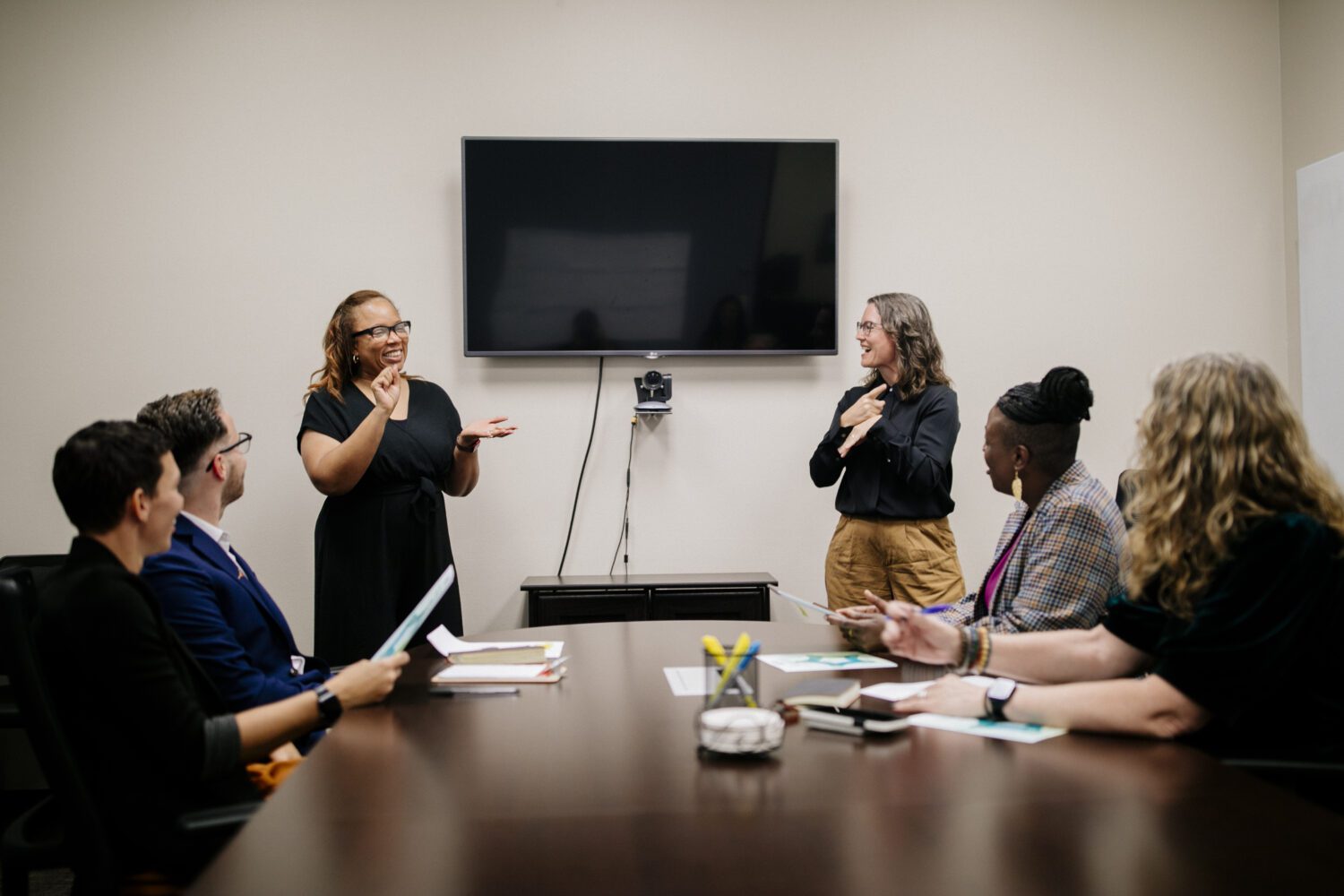High-quality summer programming for deaf youth is a goal of many state agencies, as well as educators and transition counselors who seek to increase access and empower accomplishment — even online during a pandemic. Now they have the chance to learn how to make their goal a reality.
Designing Summer Programs for Deaf Youth, a new self-paced course available in the online learning library of the National Deaf Center on Postsecondary Outcomes (NDC), provides evidence-based and deaf-centered insights, real-world examples, and measurable objectives to create, launch, and evaluate a successful summer camp or program to help deaf youth achieve educational and employment success after high school.
Why Are Summer Programs So Important?
Summer programs can take a variety of shapes and forms. Whether they are day camps focused on coding, virtual programs in the arts, or overnight outdoor adventures, research shows that summer programs can have a significant positive impact on the lives of deaf youth and are an effective strategy to support them as they prepare for life after high school. Summer programs are important for:
Strengthening social, academic, and employment skills.
Reducing isolation.
Connecting with deaf peers and role models.
They are also in high demand, with not nearly enough remote or face-to-face programs available to meet the needs of deaf youth throughout the United States.
Learn From Experienced Professionals in a Deaf-Centered Way
In this free, self-paced, three-hour course, learn from NDC research findings and experienced state and national leaders about how to create accessible summer programming, including how to:
Identify program components and structures that can enhance the experience of deaf participants.
Develop measurable program objectives, including leadership, educational, and vocational outcomes.
Design accessible instructional and recreational activities.
Create a plan for measuring program impact.
Unlike many other professional development opportunities that address working with the deaf community, this course is a deaf-centered experience.
Created by the deaf-led team at NDC, it also includes compelling summer camp stories from deaf people. They explain firsthand the impact such programming had on them, highlighting the nuances that are essential to remember when working with a diverse deaf population.
Earn Professional Development Credits for Free
Designing Summer Programs for Deaf Youth is free and open to all. It is a self-paced professional development online course designed for vocational rehabilitation professionals, transition counselors, educators, and anyone interested in advocating for, developing, or facilitating a summer program. With a passing score of 80% or above, participants receive a certificate of completion and can submit it for 0.3 RID CEUs or 3 CRC clock hours.









